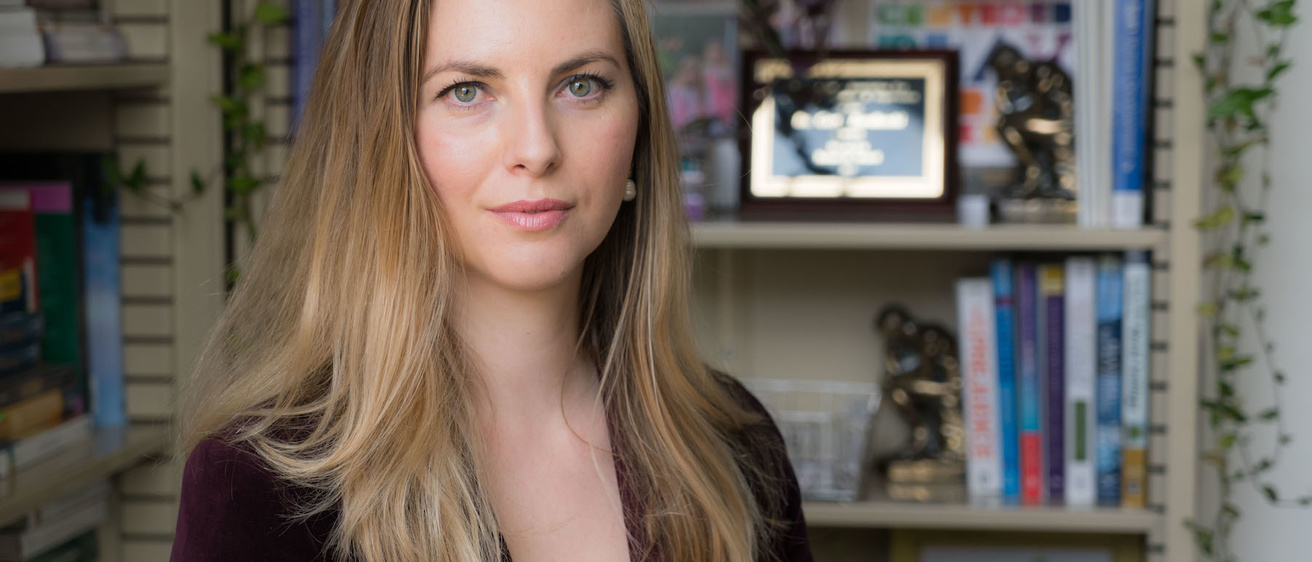Chelsea Keenan
A nearly $90,000 Carver Charitable Trust grant secured by three University of Iowa faculty – two of whom are in the College of Education – is using counseling, art, and leadership to improve a group of Iowa students’ sense of wellbeing and help administrators better meet marginalized students’ needs.
The trio is using the research technique PhotoVoice to work with Latinx students – a gender neutral term used instead of Latina or Latino. The students will take photos of their personal and educational experiences at school and then discuss them in a group setting.
At the end of the project, the students will hold an art show in August highlighting their work.
“The students are excited,” says Leslie Locke, an assistant professor in Educational Policy and Leadership Studies. “They want to be successful in school, they want to be cared for. Hopefully we can give them a unique space and approach for letting their voices be heard.”

Locke, who studies how the K-12 system, specifically leadership, can do a better job of working with students of color, low-income students, or other student groups that may fall through the cracks, is working alongside Assistant Professor in Rehabilitation and Counselor Education Gerta Bardhoshi and Jeremy Swantson, an assistant professor in the School of Art and Art History.
“The goal is to use these group counseling interventions to improve students’ belonging and their school environment,” Bardhoshi says. She’s used PhotoVoice previously to work with LGBTQ students.
Over the next year, the researchers will work with about 20 Latinx students at Muscatine High School, who are enrolled with the school’s ninth grade academy. The academy is a program that gives students who are falling behind academically or are at-risk of dropping out extra help and smaller classes.
“Sure, they face a lot of barriers but these are really resilient kids,” Bardhoshi says. “How do we help schools make more responsive policy?”
Latinx residents make up more than 17 percent of Muscatine County’s population, according to the U.S. Census Bureau, and the county has the fourth highest percentage of Latinx residents in the state.
The students are given prompts, such as “Where do you find support?” or “What’s it like to be a student here?” which they must then illustrate through photos. Locke said the students aren’t allowed to take photos of people, and they have come back with insightful assignments.
“One student took a photo of a spider,” she says. “It showed being able to make a home where you are and making it on your own.”
They researchers will also collect data to gain insights into the students’ experiences in school and then use the data to develop training and interventions for teachers, leaders, and staff.
“What are the resources that we can give to help schools improve those experiences?” Bardhoshi says.
